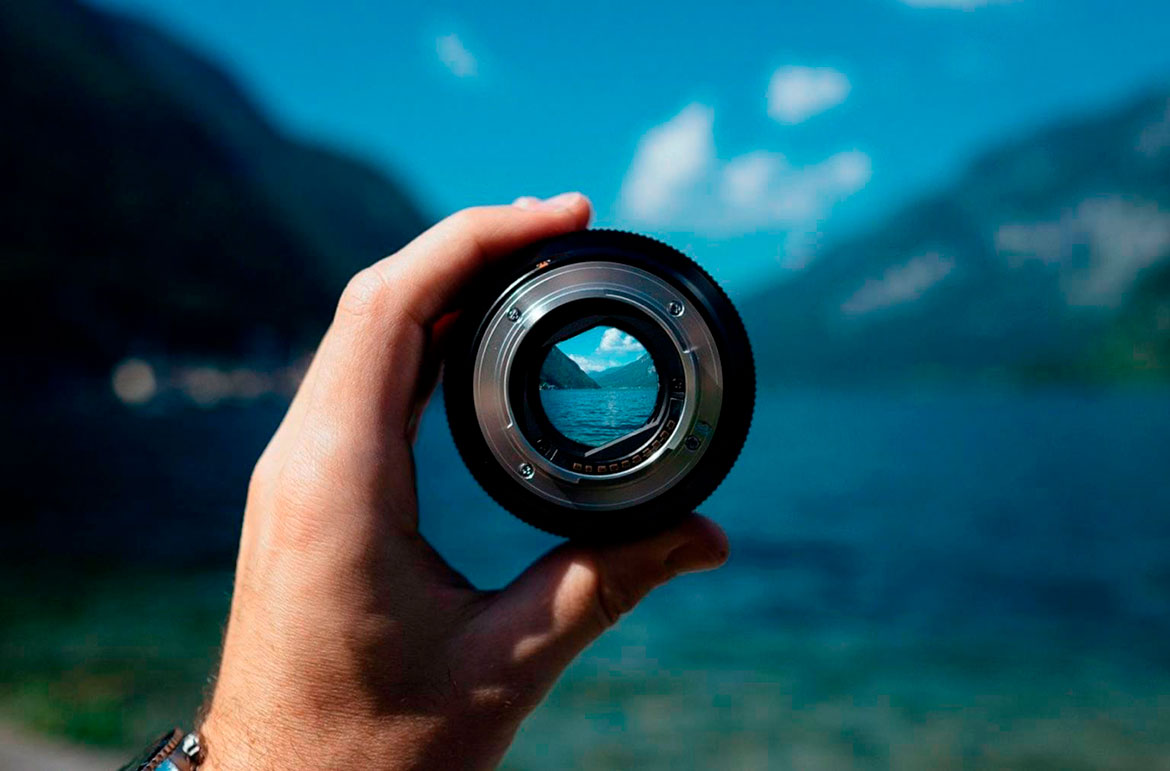Beginner's Guide to Outdoor Photography and Taking Pictures from Park Picnic Tables and Commercial Benches
If you love spending time outdoors in nature, you might enjoy photographing the outdoors as you spend time enjoying the views from park benches and picnic tables. Outdoor photography is within easy reach of most people, thanks to advances in camera equipment and the relative affordability of most of this gear. You'll need some photography equipment, and then you'll need to learn how to use it. With some basic instruction and practice, you can be snapping photos of landscapes and wildlife like a pro from playground benches and park picnic tables.
General Rules of Outdoor Photography Whether Your Shooting from Sunny Playground Swings or on Nature Trail at the Park
When venturing into the world of outdoor photography, some of the first guidelines don't involve anything technical. First and foremost, be respectful of other people present in the environment, as well as any wildlife you may encounter. This is true when you’re shooting a scene with kids swinging on the playground swing set or on nature trails. Some situations can be dangerous, whether involving wildlife or the environment, so always use care and don't endanger yourself or animals. If you're in a local park or on other public lands, follow all rules. The "leave no trace" movement is always important to follow, ensuring that you leave any places you visit without any indication that you were ever there. It’s also important to be courteous to those who are enjoying the playground equipment and swing sets around you; don’t photograph people without their permission.
Landscape Photography
Your equipment need not be extensive to capture stunning landscape photos. You'll need a camera with a wide-angle zoom lens. You might also want a mid-range telephoto zoom lens, a tripod, a polarizing filter, a variable neutral density filter, and a full-frame sensor. You'll also need to learn how to use your camera to get the most out of it. Shutter speed pertains to the length of time your sensor is exposed to the light originating from the scene. A fast shutter speed stops motion, and a slow shutter speed will blur any motion. When composing landscape shots, you might want to experiment with fast shutter speeds to freeze motion and slow shutter speeds to blur it. The aperture controls the amount of light allowed into the camera as well as the depth of field. A wide aperture allows more light to enter, so it's possible to use a fast shutter speed. A narrow aperture requires a slower shutter speed to get the best exposure. Choose a narrow aperture if you want to make your focal image sharp in contrast to the background. ISO controls the sensitivity of the sensor to light. Increasing ISO enables you to shoot with faster shutter speeds and wider apertures. The combination of shutter speed, aperture, and ISO is known as the exposure triangle with each affecting the other to create the final photo.
Wildlife Photography
Capturing wildlife in photos can be very exciting. The main piece of equipment you'll need is a digital single-lens reflex (DSLR) camera, optimally one with a burst mode, so you can continuously take shots with a press of the shutter button. Make sure to pack plenty of batteries and memory cards, too. Know how to use your equipment before you set out so you don't miss any shots. You'll need to have mastered shutter speeds, focus modes, ISO settings, aperture, and in-lens stabilization so you can adjust settings in seconds. It's also important to learn about the wildlife you want to capture because this can help you predict what the animals might do. Patience is also something to develop if you want to photograph wildlife. Sometimes the perfect shot might present itself within minutes, but it's also possible that you'll spend hours on a bench in an outdoor environment, waiting and watching for the perfect scene to unfold before your eyes. As you gain proficiency with your camera, learn to pay attention to composition to create photos that are visually appealing. The rule of thirds is the standard rule of thumb for photography, and it involves dividing an image into a grid with nine equal spaces. Your focal point should be placed along two horizontal and vertical lines or where they intersect.
- The Art of Seeing, Part 1
- Outdoor Photography Tips for Beginners
- Shooting in the Rain
- How to Take Better Outdoor Photos
- Outdoor Photography Tips
- Fireside Chat: Outdoor Photography Tips for Beginners
- Landscape Photography Tips
- The Complete Guide to Landscape Photography
- 15 Helpful Photography Tips for Beginners
- 10 Tips to Improve Your Landscape Photography
- Outdoor Necessities
- Landscape Photography: Tips, Technique, Gear & Everything You Wanted to Know
- Basic Landscape Photography Tips
- The Ultimate Guide to Nature and Outdoor Photography
- Recommended Camera Settings for Landscape Photography
- Choosing the Best Camera Settings for Landscapes
- Independent Practice
- Conquering Your Camera Settings in Landscape Photography
- Landscape Photography Tips
- These Are the Best Camera Settings for Landscape Photography, According to Serge Ramelli
- Outdoor Equipment
- 10 Nature Photography Tips for Beginners
- Choosing the Right ISO for Nature Photography
This article was last edited on September 27, 2024 by author Kim Hart


